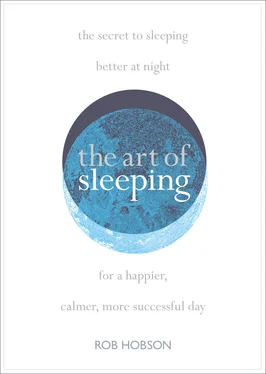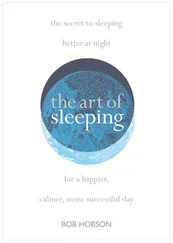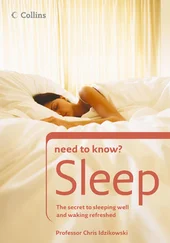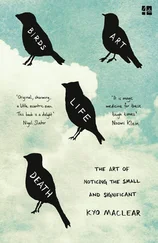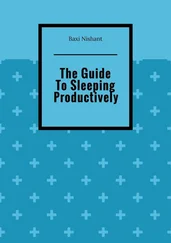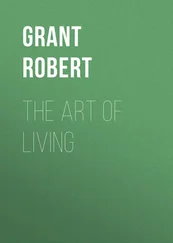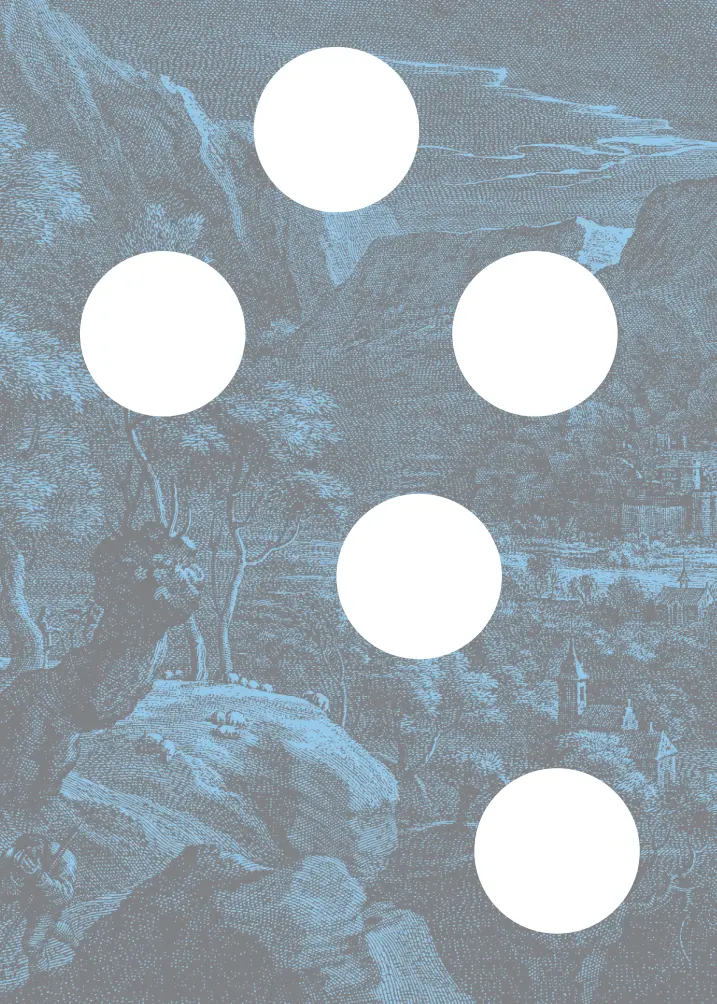
doze slumber nap zizz siesta
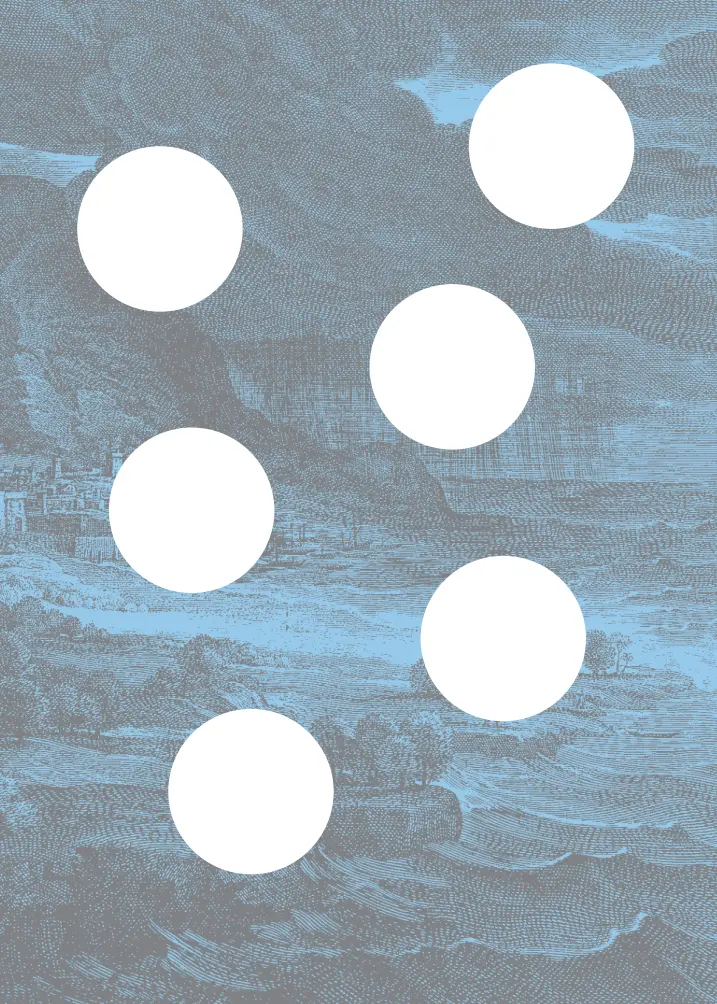
rest drowse kip snooze catnap bye-byes
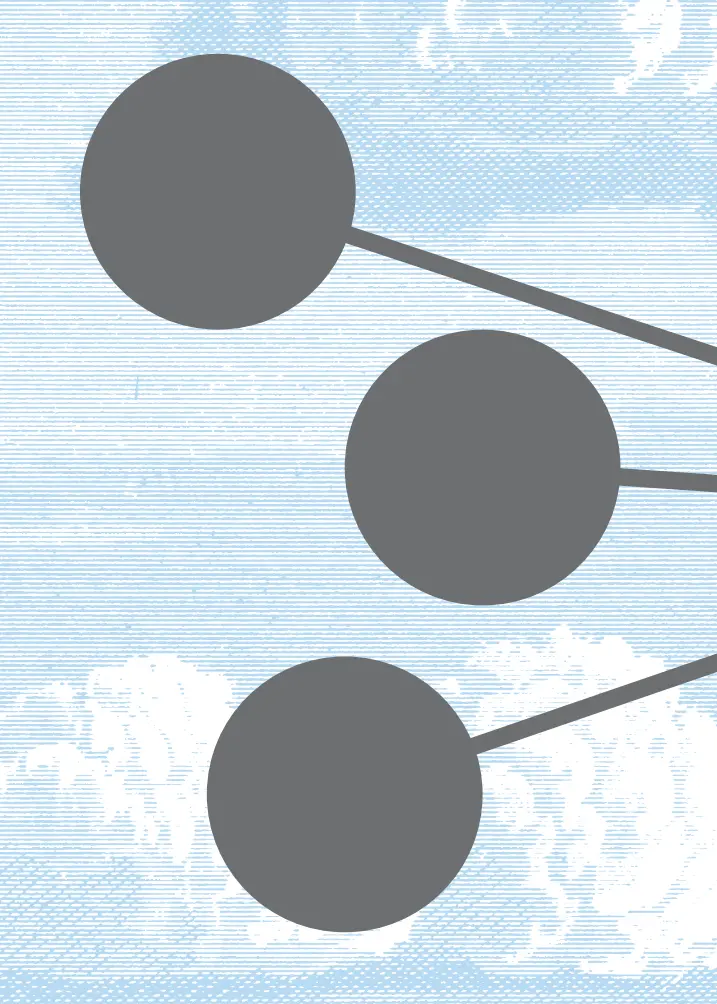
22 Sleeping is considered to be a time of rest, but your body is working hard to ensure you are kept in good health. Your brain processes information, memory and experiences. Growth hormone increases to help repair your body’s tissues.

23 WHY SLEEP? Protein is replenished at a faster rate to support growth and repair. Production of skin cells, red blood cells and immune cells increases.

Sleep is essential
to everyday life
and influences
many areas
that impact
on our day-
to-day health
and wellness,
including:
24
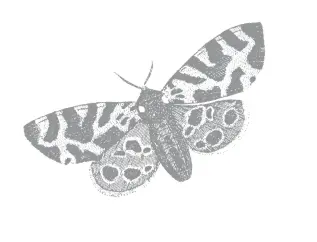
25
Attention
Concentration
Creativity
Insight
Learning
Memory
Decisions
Emotions
Relationships
25

26 THE CIRCADIAN RHYTHM Ever wondered why you feel sleepy at around the same time every night or wake up at the same time every day? It’s simply part of your circadian rhythm at work. Circadian rhythms are roughly 24-hour cycles that occur in the physiological processes of living beings – including plants, animals, fungi and cyanobacteria – and exist in every cell in the body, helping to set sleep patterns by governing the flow of hormones and other biological processes. Circadian rhythms are controlled by the body’s internal clock and influenced by environmental factors such as light and temperature; the sleep/wake cycle is an example of a light-related circadian rhythm that determines our pattern of sleep. 26
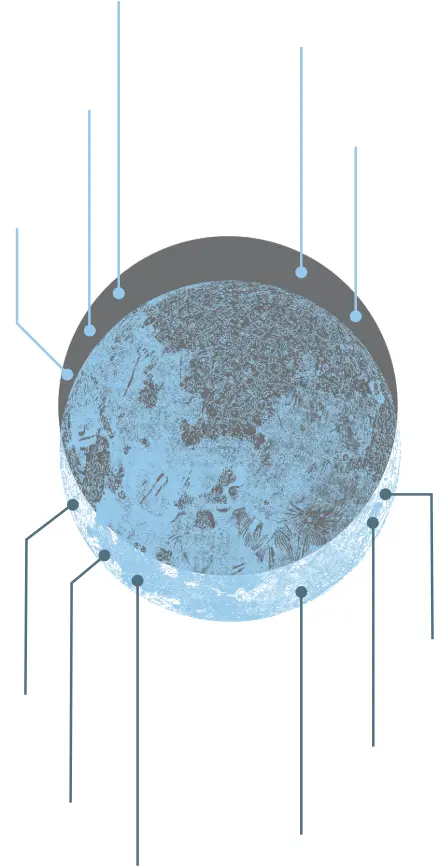
27 2.00 Deepest sleep 21.00 Melatonin secretion starts 19.00 Highest body temperature 17.00 Greatest cardio- vascular efficiency and muscle strength 14.30 Best co-ordination 15.30 Fastest reaction time 4.00 Lowest body temperature 6.45 Sharpest blood pressure rise 7.30 Melatonin secretion stops 12.00 Midnight 12.00 Noon 18.006.00 10.00 Highest alertness 18.30 Highest blood pressure
28 e modern human is thought to have originated just north of the equator in Africa, which is a region that has a constant 12 hours of daylight, and research has shown how evolution has impacted on our body clock. As humans migrated into a range of latitudes, they became exposed to variations in the length of daylight, which is thought to have influenced their biological clocks. ese rhythms are ingrained in us and make up the very fabric of our being. Wherever you live, the processes in your body are driven by the basic fact that every 24 hours the Earth pirouettes on its axis, creating a fixed pattern of sunlight and darkness. e knowledge that this clock keeps on ticking regardless of what’s going on in our lives is quite comforting. Under normal circumstances, the biggest energy dips happen in the middle of the night (somewhere between 2am and 4am) and just aer lunchtime (around 1pm to 3pm), which is when many people crave a post-lunch nap. However,
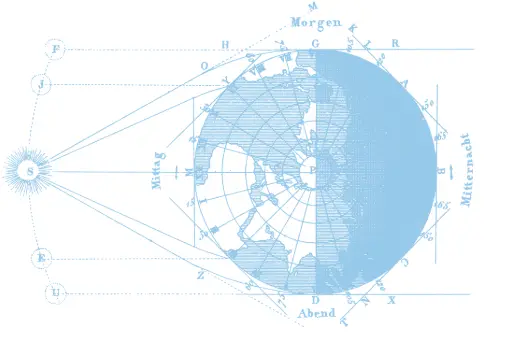
these times can vary slightly depending on your chronotype, which defines whether you’re a morning lark or a night owl, which I will explain later ( see page 59
). Sleep deprivation can make these fluctuations in sleepiness and alertness more noticeable, so if you’re a good sleeper you’re less likely to feel the dips as strongly as someone who doesn’t get enough sleep. Routine is essential in our day-to-day lives, as it helps us to keep in sync with the natural flow of our circadian rhythm. Going to sleep and waking up at the same time every day will keep your body in a steady state of flux, maintaining energy levels and ensuring proper regeneration throughout the body. Interrupted or erratic sleep will inevitably leave you feeling fatigued and out of sorts, while the effect of light can also influence your biological clock and circadian rhythm. 29
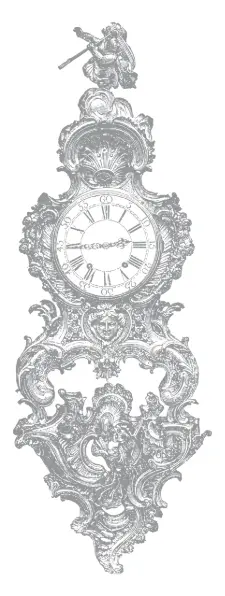
30 THE BODY CLOCK Yes, this really is a thing! Your circadian rhythm can be thought of as a cycle of established events working in the background of your brain, but it’s the complex action of nervepathways in response to light that ensures they occur like clockwork. Exposure to light stimulates a nerve pathway from the retina in the eye to an area in the brain called the hypothalamus. ere, a special centre called the suprachiasmatic nucleus (SCN) works like a clock that sets off a regulated pattern of activities that affect the entire body such as the regulation of body temperature, heart rate, blood pressure and the release of hormones that help us to sleep.
31 MELATONIN: THE SLEEP HORMONE Melatonin is a natural hormone made by your body’s pineal gland and is the key hormone that drives our sleep/wake cycle. is is a pea-sized gland located just above the middle of the brain; during the day the pineal is inactive, but when the sun goes down and darkness occurs, the pineal is ‘turned on’ by the SCN and begins to actively produce melatonin, which is released into the blood. Usually, this occurs between the hours of 9pm and 11pm. As a result, melatonin levels in the blood rise sharply at this time and you begin to feel less alert, making sleep more inviting. Melatonin levels in the blood stay elevated for about twelve hours – all through the night – until the light of a new day breaks, when they fall back to low daytime levels by about 9am. Daytime levels of melatonin are barely detectable.
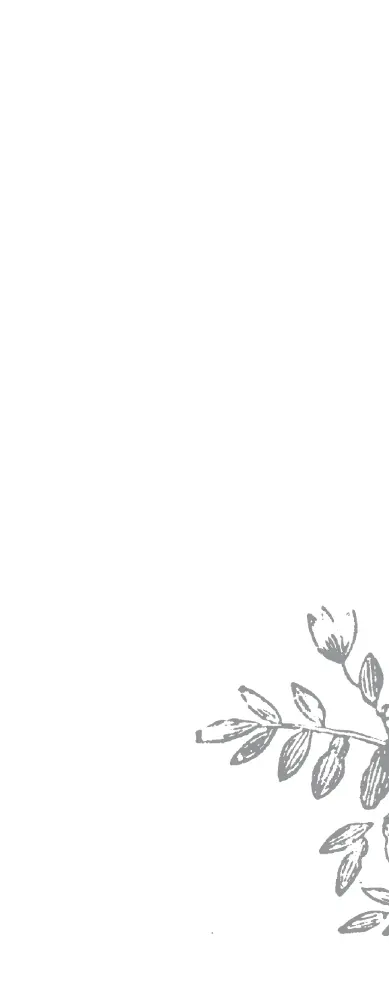
32 CORTISOL: THE WAKE HORMONE Once exposed to the first light each day, the ‘clock’ in the SCN begins performing functions like raising body temperature and releasing stimulating hormones such as cortisol, made by your adrenal glands, which also encourage the uptake of the ‘feel-good’ hormone serotonin. e SCN delays the release of other hormones such as melatonin (which is associated with sleep onset) until many hours later when darkness arrives.
Читать дальше
